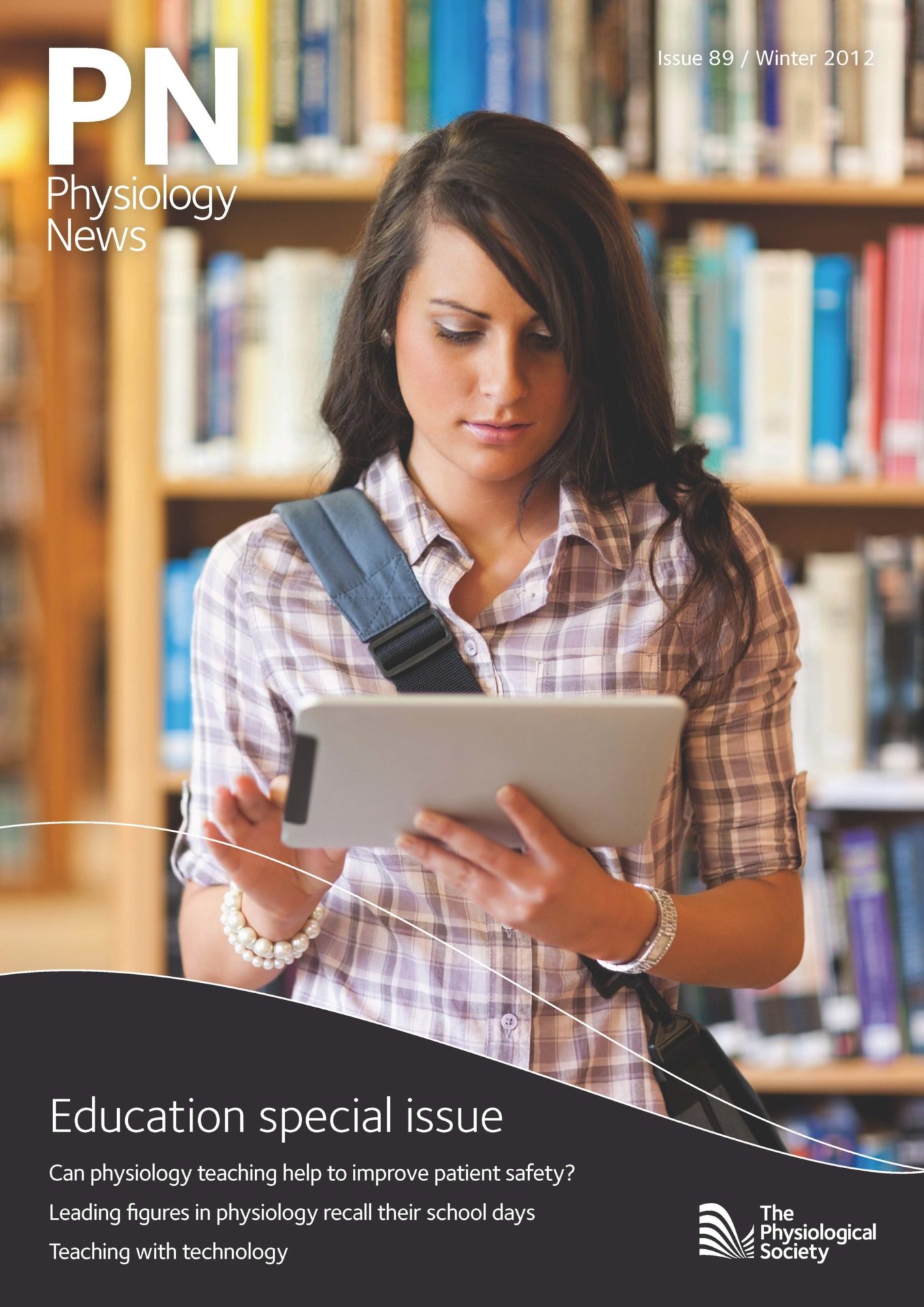
Physiology News Magazine
Obituary: Gabriel Horn
1927-2012
Membership
Obituary: Gabriel Horn
1927-2012
Membership
Malcolm Brown
https://doi.org/10.36866/pn.89.45

Sir Gabriel Horn, a member of The Society from 1963, was one of the outstanding neuroscientists of his generation. He was responsible for numerous advances in neuroscience encompassing diverse areas, but especially concerning neural mechanisms of learning and memory. He was a most gifted teacher, delivering lectures appreciated by generations of students. He will be remembered by many students, friends and colleagues for the generous warmth of his personality.
Growing up in Birmingham, Gabriel left Handsworth Technical School and became an assistant in the family shop at age 15. Through day-release, he obtained the National Certificate in Mechanical Engineering (with distinctions) and, after a period in the Royal Air Force, went to the University of Birmingham to study Medicine, graduating with Honours in 1955. In 1956, he became a Demonstrator in Anatomy at Cambridge, progressing via a lectureship to a readership. In 1974 he was appointed Chair of Anatomy in Bristol and in 1977 Chair of Zoology in Cambridge, being Head of Zoology from 1979 to 1994. He was Master of Sidney Sussex College from 1992 to 1999 and Deputy Vice-Chancellor of the University of Cambridge from 1994 to 1998. Amongst many distinctions, he was elected a Fellow of the Royal Society in 1986 and awarded its Gold Medal in 2001. He obtained an MD (1965), ScD (1975), and Honorary DScs from the Universities of Birmingham (1999) and Bristol (2003). In 1997 he initiated and became Committee Chair of the Cambridge University Government Policy Programme, promoting to government the importance of scientific research to a knowledge-based economy. In 2002 he was made a Knight Bachelor for his services to neurobiology and the advancement of scientific research.
Gabriel was an internationally recognised leader in the field of brain research in a career spanning over 50 years. His research was marked by both its rigour and originality, often publishing findings and ideas years ahead of the field. He was one of the early researchers who aimed to relate the activity of individual neurons to behaviour. Indeed, the theme of understanding how neuronal activity could explain particular behaviours is common to the many diverse problems that he tackled in a most varied and wide-ranging research career. His publications marked important advances in the fields of sensory interactions, perception, selective attention and memory. Most notably, through meticulous and imaginative research, Gabriel with his colleagues managed to uncover changes in the biochemistry of the brain that could be unequivocally related to learning. He was then the first to identify an anatomical region in the chick brain that was unambiguously a site of long-term information storage, a place where memories were formed and held. This work involved a synthesis of the results of anatomical, biochemical, physiological, pharmacological and psychological experiments. In turn, the findings led to further discoveries of particular biochemical and anatomical changes related to how learning altered neuronal connections and how the activity of nerve cells at the storage site changed during learning. Besides numerous papers he wrote the book, Memory, Imprinting and the Brain (1985), was joint editor of Short-term Changes in Neural Activity and Behaviour (1970) and Behavioural and Neural Aspects of Learning and Memory (1991), and authored reports on the Origin of Bovine Spongiform Encephalopathy (2001) and Brain Science, Addiction and Drugs (2008).
Gabriel is survived by his wife Priscilla and two sons and two daughters of his previous marriage to Ann Soper.
